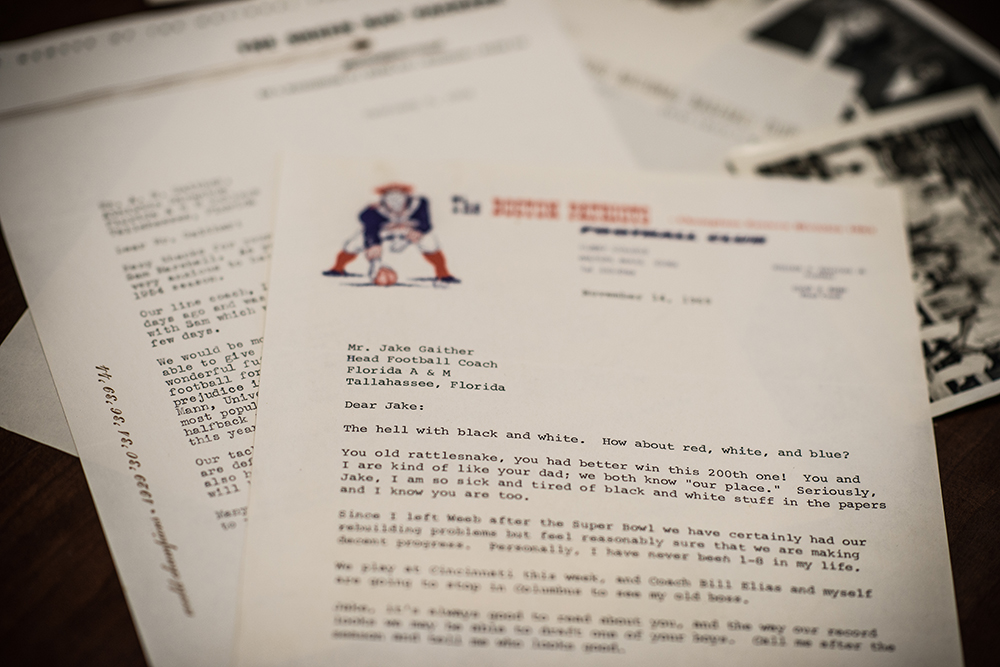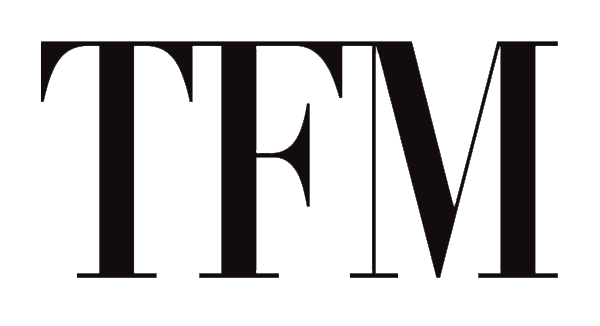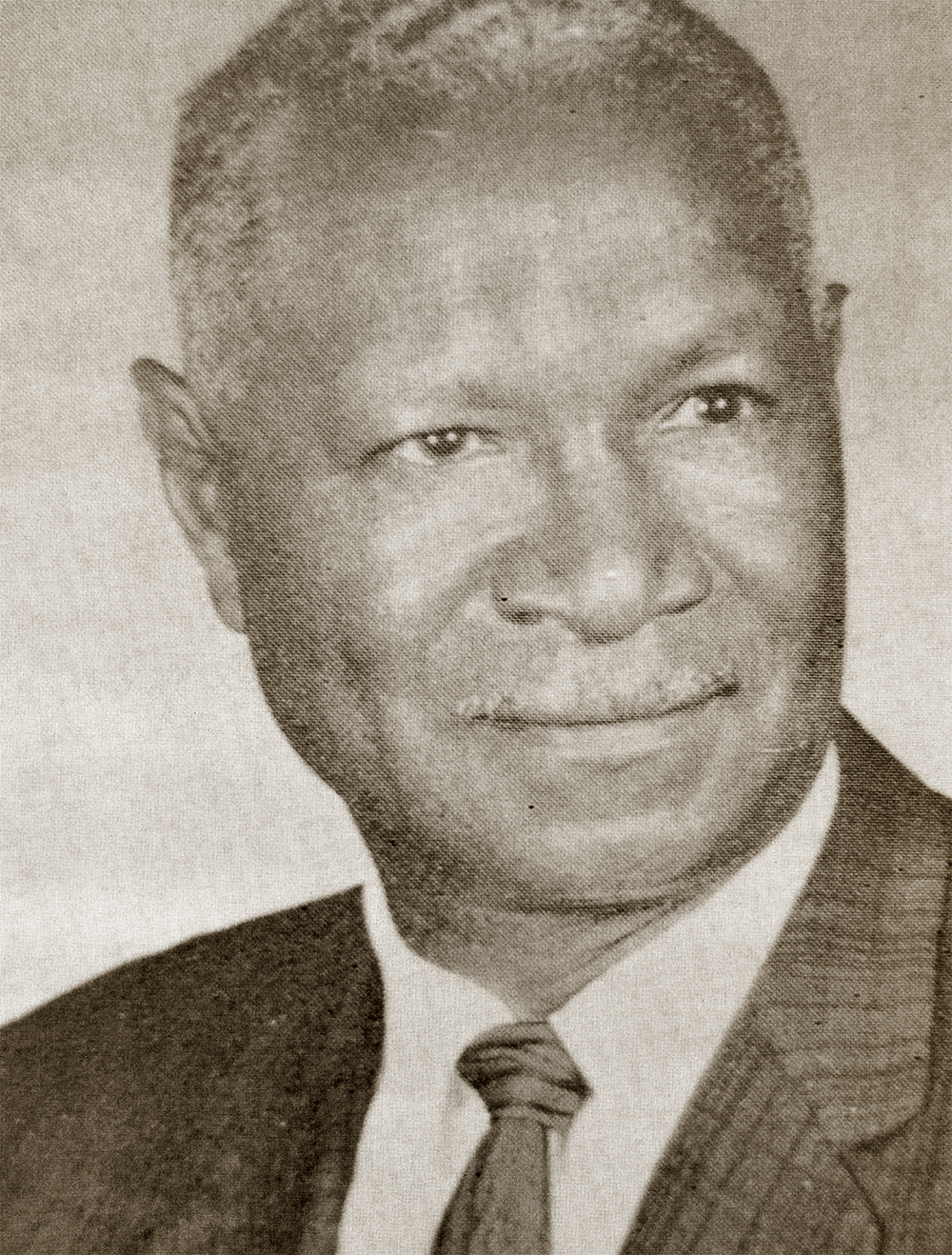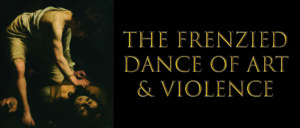“It’s a Red, White and Blue Thing”
by Nashid Madyun and Marvin Byrd
Sports has had the unique ability to transcend barriers. During the Ancient Greece and later the Roman Empire, athleticism was marveled upon as a bridge between commonality and the talents of the Gods. The Ancient Olympics were held to pay honor to Zeus, the greatest of mythological Gods. Athleticism and the coordination thereof into sport has since had the ability to transcend race, class, and culture to capture platforms. The 1936 Summer Olympics and the 1968 Summer Olympics are noted for political platforms of Black Power and Black Class mobility for Track Gold Medalists Jesse Owens and Tommy Smith respectively. In a more subtle manner, it was the 1964 Olympic Gold Medalist, and future Dallas Cowboy Hall of Famer, from Florida Agricultural and Mechanical University, Robert Lee “Bullet Bob” Hayes, who helped to change the landscape of professional sports. To this day, the sprinter still holds two world records, and this talent—along with the vision of the Florida A & M’s football coach Alonzo Smith “Jake” Gaither—helped to remove a myriad of caste, class and race barriers.
During the late 19th and 20th centuries Jim Crow and Segregation laws were firmly etched into southern state’s constitutions. These laws prevented African-Americans from utilizing the same resources as their white counterparts. Restrictions were placed on all facets of African-American society and culture. However, even during segregation blacks found ways of being successful. Jake Gaither was extremely successful as the head football coach and athletic director of Florida Agricultural & Mechanical University (FAMU). Under coach Gaither’s firm leadership hundreds of black young men were able to gain an education and play professional football.
The Southeastern Regional Black Archives Research Center and Museum holds an archive of papers and artifacts to detail the story of Jake Gaither, Bob Hayes and the innovative strategies and respect that propelled Gaither to a place of exemplary status. If you were a football coach in the late 1950’s, black or white, seeking the best practices of the era, you were hard pressed not to consider attending clinics held by Jake Gaither, and several prominent white football coaches from across the country came to Coach Gaither’s clinics annually. As the letters bear out, these coaches came to Gaither’s clinics because of his work ethic, reputation and the friendships that began from meetings at conferences and other clinics across the country. Some of these coaches include Woody Hayes (Ohio State University), Chuck Mather (University of Kansas) and Frank Broyles (Georgia Tech).
Gaither’s clinics allowed the coaches to learn from one another and see if they could implement different strategies and ideas into their own system. Many of the coaches, along with Coach Gaither, mentioned the success they had by implementing their contemporary’s ideas during the clinics over the years. One of the greatest innovations was to the classic T-Formation, and spreading it using extra space to create the Split-T formation. Discussed and analyzed during the clinics in the early 1960’s, it is to be noted that the evolution of this strategy became the hallmarks of clinic participants Paul “Bear” Bryant and Woody Hayes. The most dynamic transition was the onset and value of the forward pass and the use of sprinters as receivers, cornerbacks and running backs. The incorporation of stellar speed at the core of a spread aggressive offense was at the center of FAMU’s 1969 win over the University of Tampa. This was the first collegiate football game between a predominately African American college and a predominately white college.
As the archives reflect, Coach Gaither was not the only person teaching during his annual June football clinics. Coaches would happily agree to come and lecture, providing outlines on what they would teach to be approved by Coach Gaither. Coaches like Tom Nugent (Florida State University) also asked if they could instruct on their specialty. Gaither would generally give the coaches two hours to teach on either offense, defense, special teams or training. During the planning of these clinics Coach Gaither would ask the coaches to respond back immediately, so he could create a brochure for the visitors attending the football and basketball clinics.

Correspondence reflects that Jake Gaither also worked tirelessly so that the coaches would not come out of pocket for their stays in Tallahassee. Gaither provided stipends that would range from $150 to $400. Coaches also had the opportunity to either stay on campus or in a nearby hotel. Along with these notable coaches from schools like Georgia Tech and Florida State University, several of his own students and athletes would come to his clinics. Jake’s students would attend these clinics to see if they could obtain college credit.
While being a stern coach, Coach Gaither was also was a strong supporter of his athletes finishing their education. Numerous of his athletes would go on to obtain Masters and Doctoral degrees. If one of his students was acting inappropriately off the field, the athlete would run the risk of losing their athletic scholarship. In addition, student athletes would lose their athletic scholarship if their grades were not satisfactory. A thorough communicator, Coach Gaither would send letters and follow up communications to the student and parents detailing why the scholarship was either in jeopardy or being taken away. That scholarship paid for almost everything for the academic school year. During segregation, education was a luxury that many African-Americans could not afford. Many of the football players depended on that scholarship because their families did not have the money to send their sons off to college.
Although Coach Gaither was tough on his students, his student athletes loved him dearly. If athletes did not have a mother or father, Coach Gaither and his wife Sadie Robinson Gaither became their adoptive parents during their stay at FAMU. When Gaither was recruiting prospective athletes, he promised the prospective student’s parents that he would look after their son like he was one of his own. Beloved, former players would write both Jake and his wife wishing the team and their family good fortune as well as information about the Rattler football team’s opponents.
Through the correspondence a reader can tell that Coach Gaither cared for his students. The coach refused to send anymore of his students to the National Football League (NFL) until former students were protected from harassment by white players. Gaither leveraged his highest-sought players to ensure the full attention and respect of NFL coaches. This power and respect blossomed in to political strength, as correspondence shares a wealth of communication from local and state politicians asking for guidance and support. Gaither also found himself able to champion causes on behalf of FAMU itself. Specifically, the physical resources and stadium needed for the team to continue to compete at a high level.
Correspondence from the archives share that Gaither’s connection to NFL coaches was based on the type of dedicated hardworking and consistent players they received. The forty-two football players from FAMU that went to the NFL were known for their work ethic and humility. Some of the teams that actively recruited from Coach Gaither’s Rattler squad are the Chicago Bears, Los Angeles Rams, Philadelphia Eagles and Canadian Football League (CFL). Football executives that were in correspondence with Coach Gaither highly valued his eye for talent. These teams also asked Coach Gaither to assist with scouting reports. Gaither’s scouting reports covered black athletes that he had played against, played on the FAMU football team or that he heard about.
After winning his 200th football game—an achievement matched by less than 90 other collegiate coaches—Gaither received correspondence from legislators, businessmen, former players, the Governor of Florida, and one NFL coach profoundly shared; It’s not a Black or White thing, It’s a Red, White and Blue thing. The intellect, leadership, discipline, and willingness to teach and work with blacks and whites during a time (when the lessons of Jim Crowism were too close to ignore) certainly demonstrates the incredible feats of Coach Jake Gaither.
This contribution graciously supplied by the Black Archives. To view this exhibit and others please visit between Monday and Friday from 10:00am to 5:00pm and Saturdays from 12:00pm to 4:00pm (closed on holidays and holiday weekends). You can also call the office directly at (850) 599-3020 to arrange a free tour guide for groups of 10 or more.











